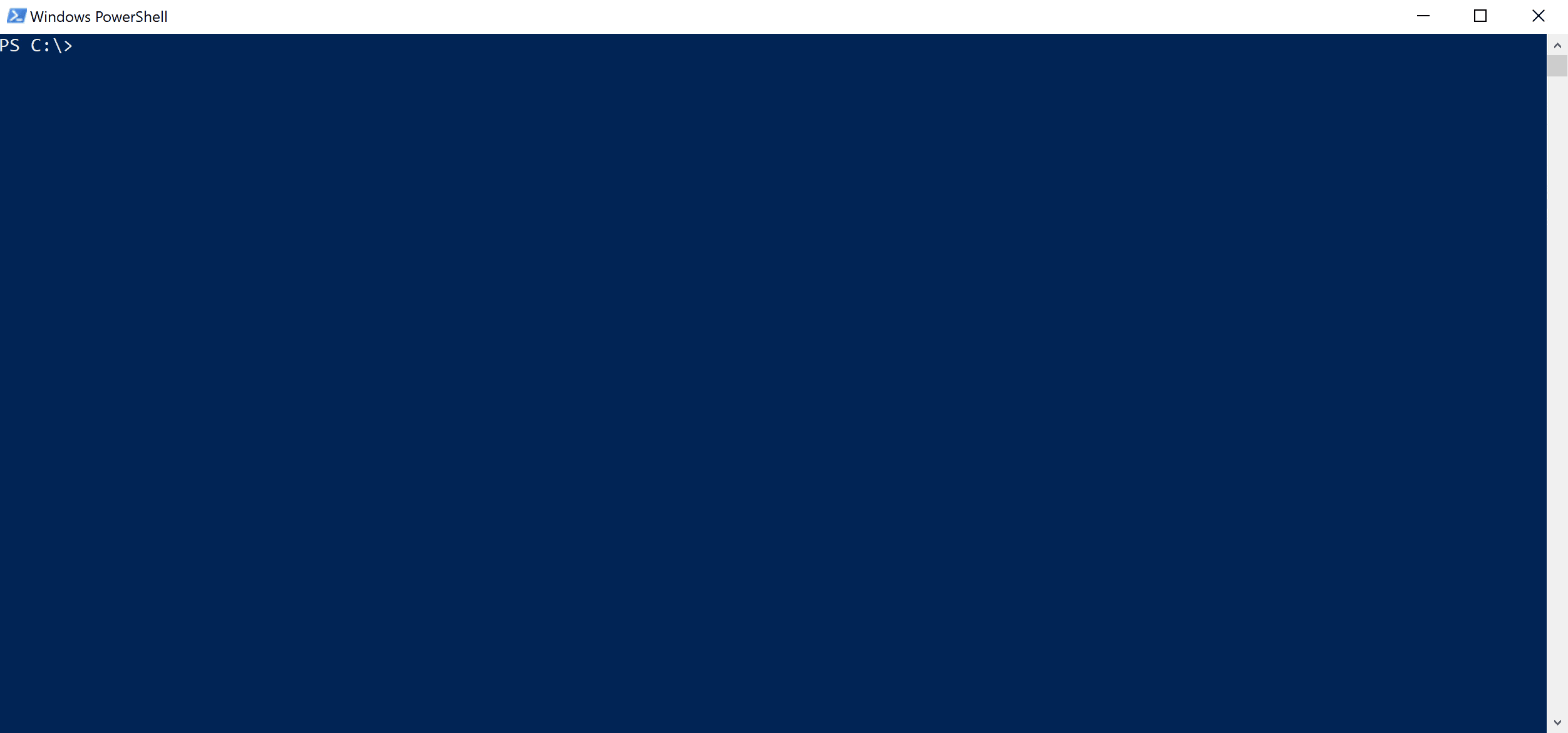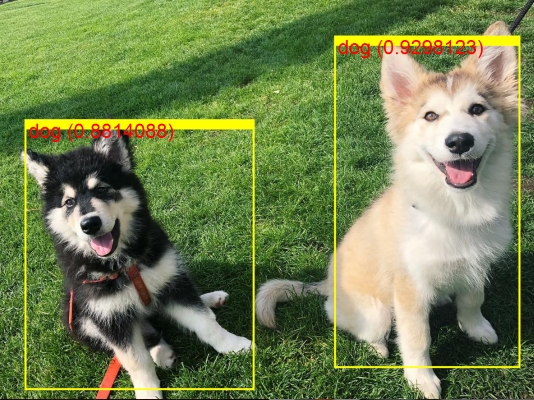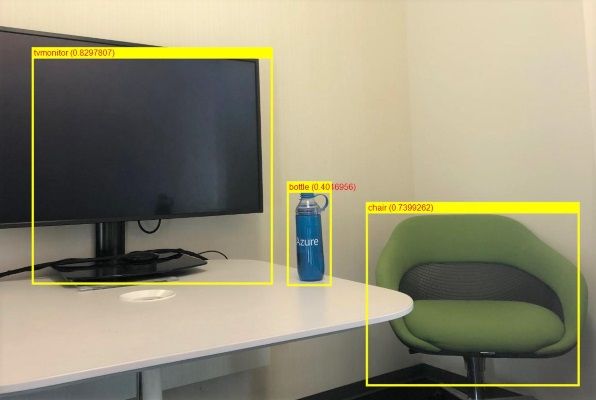ML.NET
An open source and cross-platform machine learning framework
Supported on Windows, Linux, and macOS
//Step 1. Create an ML Context
var ctx = new MLContext();
//Step 2. Read in the input data from a text file for model training
IDataView trainingData = ctx.Data
.LoadFromTextFile<ModelInput>(dataPath, hasHeader: true);
//Step 3. Build your data processing and training pipeline
var pipeline = ctx.Transforms.Text
.FeaturizeText("Features", nameof(SentimentIssue.Text))
.Append(ctx.BinaryClassification.Trainers
.LbfgsLogisticRegression("Label", "Features"));
//Step 4. Train your model
ITransformer trainedModel = pipeline.Fit(trainingData);
//Step 5. Make predictions using your trained model
var predictionEngine = ctx.Model
.CreatePredictionEngine<ModelInput, ModelOutput>(trainedModel);
var sampleStatement = new ModelInput() { Text = "This is a horrible movie" };
var prediction = predictionEngine.Predict(sampleStatement);//Step 1. Create an ML Context
let ctx = MLContext()
//Step 2. Read in the input data from a text file
let trainingData = ctx.Data.LoadFromTextFile<ModelInput>(dataPath, hasHeader=true)
//Step 3. Build your data processing and training pipeline
let scope = ctx.BinaryClassification.Trainers.LbfgsLogisticRegression("Label", "Features")
let pipeline = ctx.Transforms.Text.FeaturizeText("Features", "Text").Append(scope)
//Step 4. Train your model
let trainedModel = pipeline.Fit(trainingData)
//Step 5. Make predictions using your model
let predictionEngine = ctx.Model.CreatePredictionEngine<ModelInput, ModelOutput>(trainedModel)
let sampleStatement = { Label = false; Text = "This is a horrible movie" }
let prediction = predictionEngine.Predict(sampleStatement)Built for .NET developers
With ML.NET, you can create custom ML models using C# or F# without having to leave the .NET ecosystem.
ML.NET lets you re-use all the knowledge, skills, code, and libraries you already have as a .NET developer so that you can easily integrate machine learning into your web, mobile, desktop, games, and IoT apps.
You can find more ML.NET samples on GitHub, or take a look at the ML.NET tutorials.
Custom ML made easy with AutoML
ML.NET offers Model Builder (a simple UI tool) and ML.NET CLI to make it super easy to build custom ML Models.
These tools use Automated ML (AutoML), a cutting edge technology that automates the process of building best performing models for your Machine Learning scenario. All you have to do is load your data, and AutoML takes care of the rest of the model building process.
Explore ML.NET Model BuilderExtended with TensorFlow & more
ML.NET has been designed as an extensible platform so that you can consume other popular ML frameworks (TensorFlow, ONNX, Infer.NET, and more) and have access to even more machine learning scenarios, like image classification, object detection, and more.

Data sourced from Machine Learning at Microsoft with ML.NET paper. Results for sentiment analysis, using ~900 MB of an Amazon review dataset. Higher accuracy and lower runtime are better.
High performance and accuracy
Using a 9GB Amazon review data set, ML.NET trained a sentiment analysis model with 95% accuracy. Other popular machine learning frameworks failed to process the dataset due to memory errors. Training on 10% of the data set, to let all the frameworks complete training, ML.NET demonstrated the highest speed and accuracy.
The performance evaluation found similar results in other machine learning scenarios, including click-through rate prediction and flight delay prediction.
Ready to get started?
Our step-by-step tutorial will help you get ML.NET running on your computer.
















